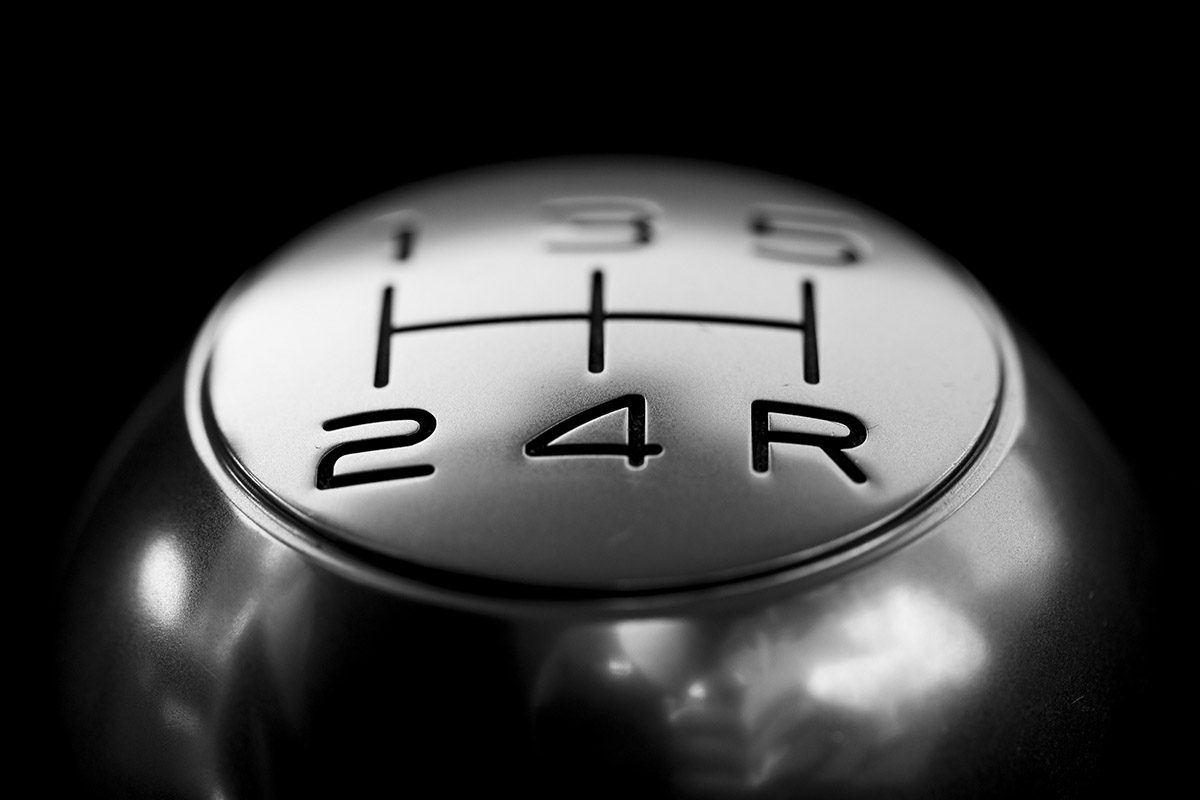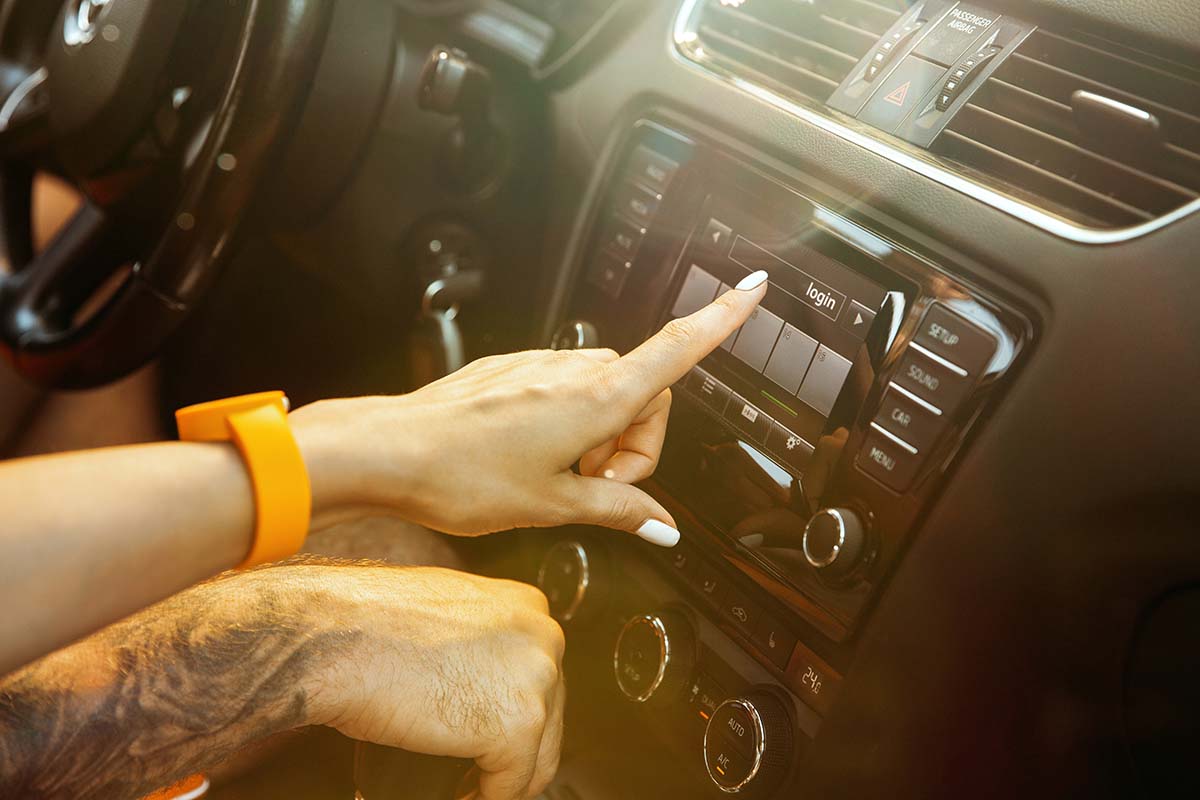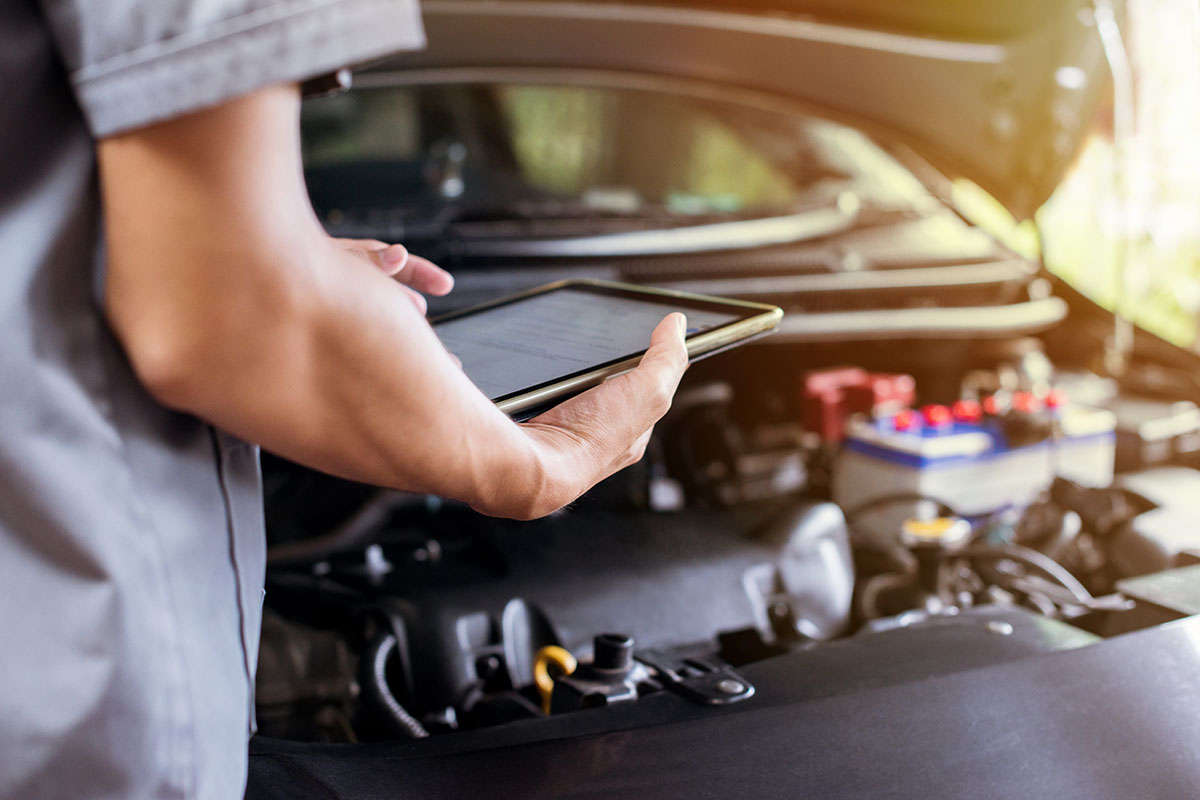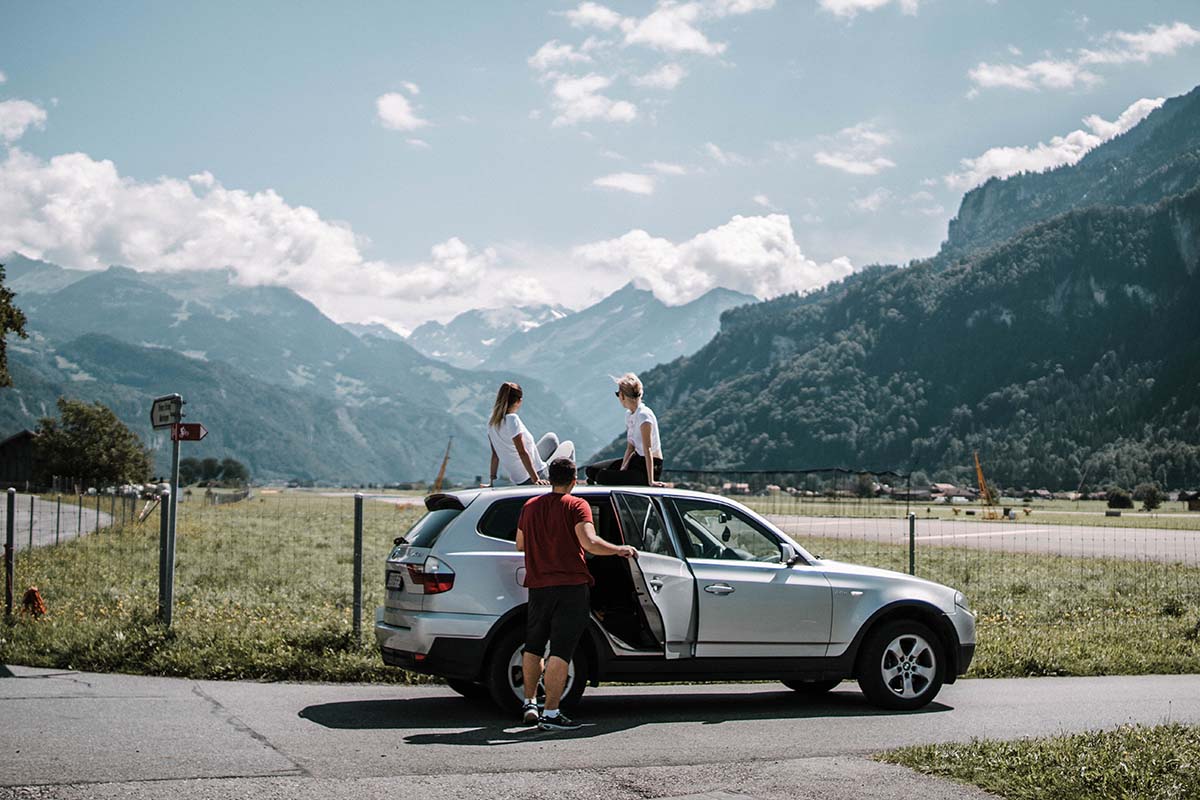The Biggest Long-Term Costs Of Car Ownership (And Making Them Smaller)
When you buy a car, you have to look at more than just the sticker price. It’s important to accept that your choice of vehicle will also affect your cash flow for the foreseeable through its running costs.
Aside from owning a home, it’s one of the most costly aspects of modern life. However, while you can’t skip those costs if you plan on owning a car, you can make sure that they’re not taking over your life. Here are the highest running costs of car ownership and some tips to help you manage them.
Your fuel use
Several factors will affect how much you spend on your fuel. Only one of them, which is the price of fuel, is mostly out of your control. However, the other three can be affected by your own choices.
The fuel type you have to buy and your car’s efficiency can be affected by ensuring that you choose a more fuel-efficient car and invest in maintenance to stop parts from using more fuel when you’re driving. The last of your four is how you drive.
Driving in inefficient ways, such as speeding up and braking hard instead of more gradually changing your speed, as well as spending too much time idling, can all make you consume more fuel than you should or would otherwise.
Wear, tear, and depreciation
While you may not be actively paying for it, depreciation counts as money lost since it’s money you won’t make back when you sell your car. It’s not something you can stop: depreciation starts when you drive out of the dealership.
However, you can help slow it by ensuring that you take care of your car and invest in the routine maintenance it needs, including following the logbook for maintenance. Similarly, this will help you save on the costs of repairs.
The better you maintain your car, the less likely it is to have malfunctions on the road, meaning you’re not going to be paying your mechanic for repairs and replacements quite as often as you would otherwise.
The conundrum of insurance
When it comes to insurance, you want to make sure that you’re confusing the cost of insurance and its value. For one, you need insurance, and it’s mandatory. What’s more, cutting the costs too much can result in you not having the coverage you would prefer. You want to get the best deal possible for the type of cover that you want.
To that end, working with a car insurance agent or a comparison site can make sure that you’re throwing the baby out with the bathwater. You can ensure you’re getting the level of coverage you want and need while also ensuring that it fits your budget as best as possible.
Getting replacement parts for your car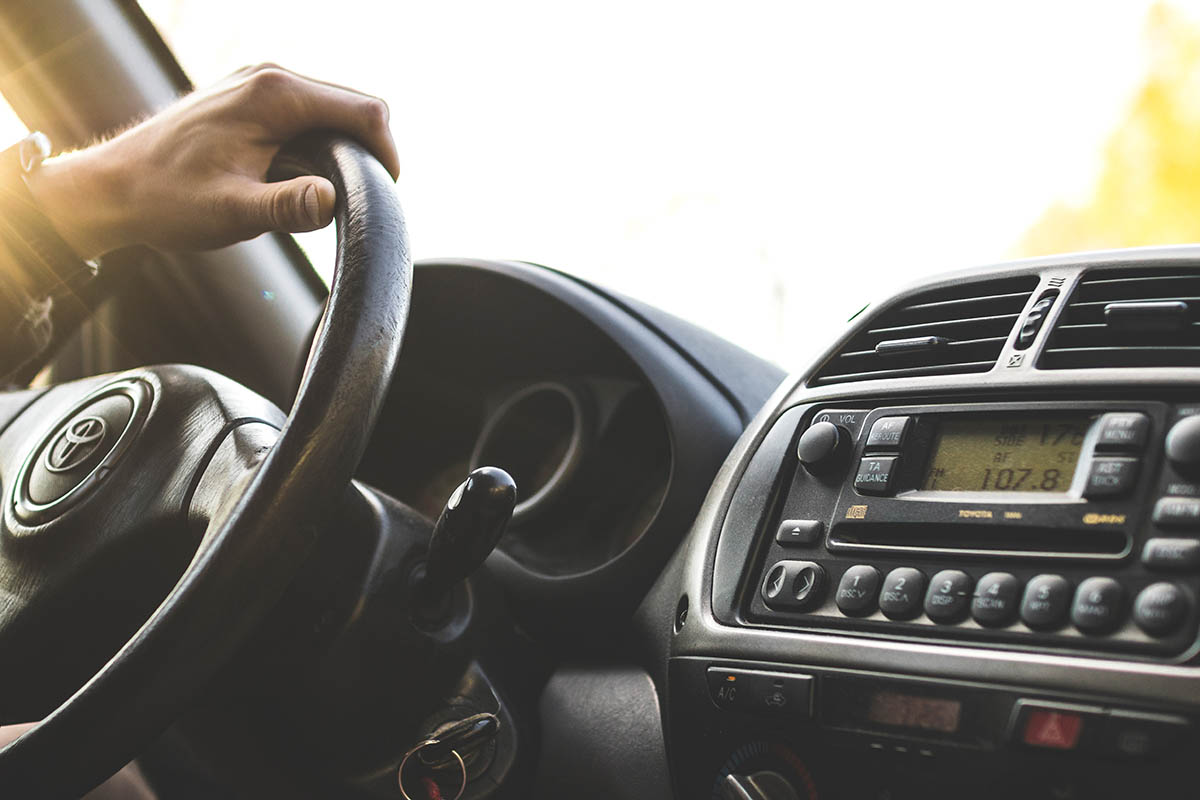
Even if you take care of your car as best as possible, there will come to the point that you need to replace some parts. They might be parts commonly replaced across all kinds of cars, such as tires or spark plugs, and there are plenty of different providers of these.
However, whenever it comes to other car parts, most people will rely on their mechanic or garage to supply them. However, these service providers might charge a mark-up that could increase the overall price of the replacement, and finding part stores online or near you could help cut out some of the costs involved.
Choose an option other than buying
While we have mostly been focusing on the costs of car ownership, we should also mention that you may not necessarily need to own the car at all. Leasing a car is another option with its own financial costs and advantages.
While leasing can, in the long-term, be more expensive than car ownership, it also lets you drive a much better car for your money. What’s more, there are aspects such as wear and tear that you aren’t going to have to pay for. Similarly, you don’t have to worry about depreciation, and insurance tends to be included in the car leasing agreements, as well.
You do have options when it comes to controlling the running costs of your car. Some of those options present themselves while you’re actually choosing a car, but you still have ways to move the needle long after you’re out of the dealership.
